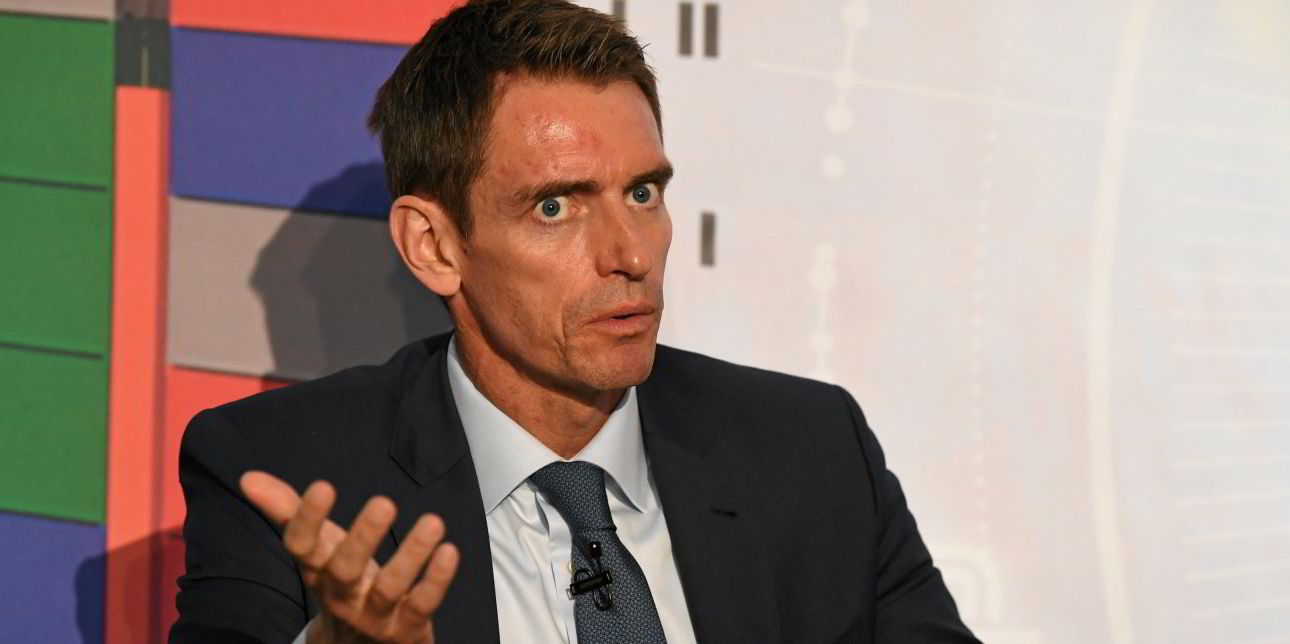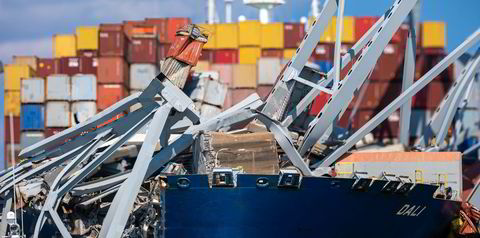Only around 15% of the global shipping fleet has electronically controlled main engines that are viable for conversion to alternative fuels, a new report highlights.
About 19,000 vessels of more than 25,000 grt, or 21% of the global fleet, consume 65% of all fuel used in shipping, but just 2,700 tankers, bulkers and container ships have electronic ignition.
Those vessels could cut greenhouse gas emissions by 100 million tonnes per year if they used zero-emission fuels, according to the report by the Maritime Oslofjord Alliance.
But the report Energy Transition in Shipping — Facts and Timeline said: “Most existing ships will have to find other applicable ways and means to reduce emissions.”
Assessing the commercial and technical viability of measures over the next three to five years to cut emissions from vessels above 5,000 dwt, the report said tankers, bulkers and container ships account for about 80% of greenhouse gas emissions from the world fleet of around 94,000 vessels.
The report funded by the Oslo Maritime Foundation and Oslo Shipowners’ Association, in association with author and editor Svein Helge Guldteig of Ocean Consulting, said slowing ship speed was “the most powerful way to cut emissions” in the short term.
It cited an estimated reduction of 50% in fuel consumption and emissions by reducing speed from 15 to 12 knots. A 10% reduction in speed for a typical merchant ship is estimated to cut emissions by 27%, it added.
Using drop-in biofuels or e-fuels into the existing fuel and modifying hull and propulsion equipment, as well as retuning engines for lower loads at reduced speed plus digitalisation of monitoring can all also help.
“Many existing ships will face technical and economical hurdles in the process of being converted to use alternative low or zero-carbon fuels — such as LNG and methanol — with a flashpoint below 60C,” Guldteig said.
Scarce availability of alternative fuels and most likely limited shipyard capacity will also limit the readiness to adapt large vessels over the next three to five years, he added.
Guldteig said a complete conversion of an existing vessel to alternative fuels costs in the range of $18m to $20m, with such an outlay needing compensation for owners to be front-loaded to incentivise investment in retrofits.
Heavy investments will be needed to scale up global supply infrastructure for green and blue fuels, which is not expected to be in place until 2035 to 2040 at the earliest. Existing LNG bunkering vessels can supply only around 5% of the world fleet.






